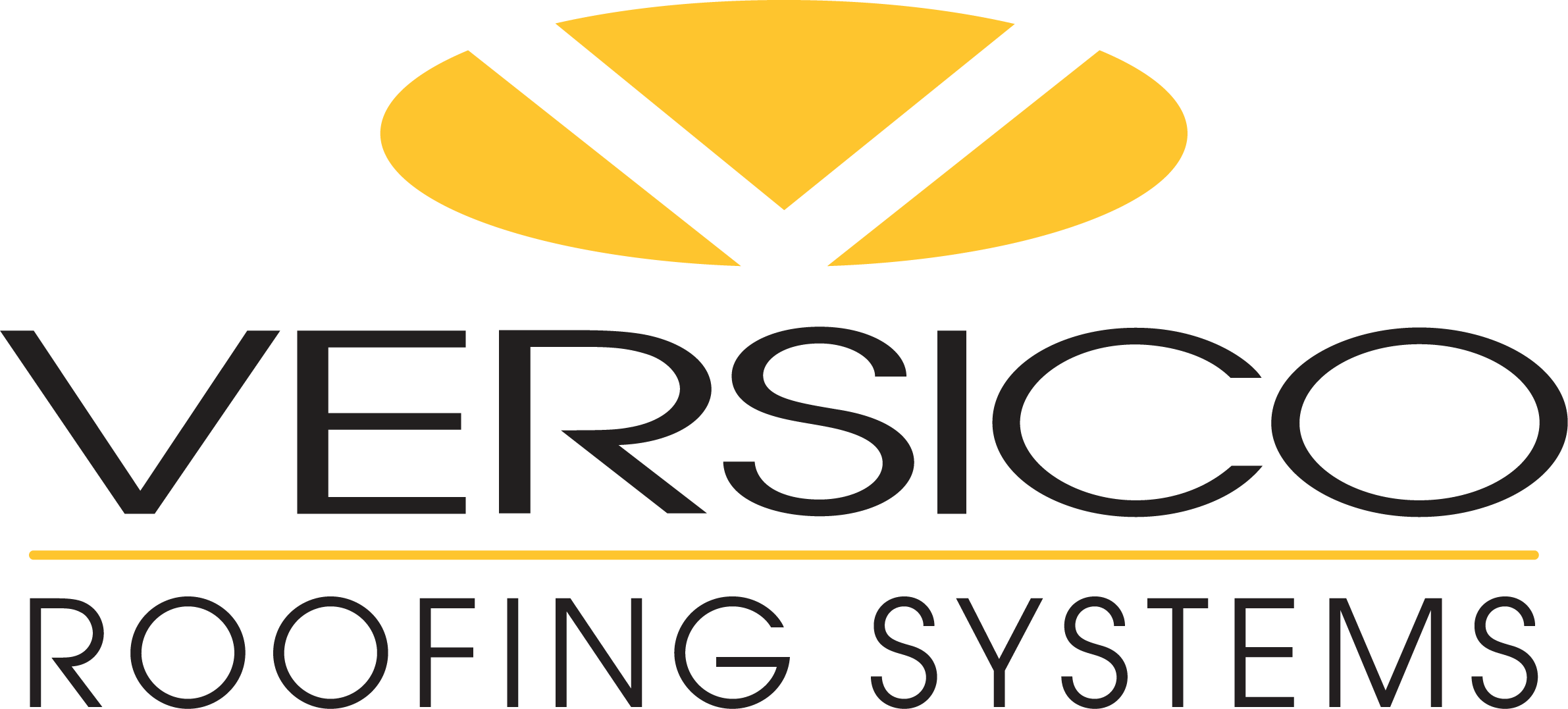PVC Roof Considerations
PVC single-ply membranes have been an ideal choice for a wide variety of buildings – especially restaurants, due to its excellent resistance to animal fats, grease, and other chemicals.
Restaurants aren’t the only building type ideal for PVC roofing membranes. Schools, hospitals, food processing facilities, or really any building with a cafeteria are great candidates.
In addition to its great chemical resistance, PVC is also well-known for its superior fire resistance. The chemical makeup of PVC is what makes it an inherent fire suppressant and a popular roofing membrane choice when fire ratings are a top priority.
PVC is rigid in its natural form and is made flexible by the addition of plasticizers. This is important to know because there are many materials used in building construction that will cause the plasticizers to migrate from the PVC and into the other material, resulting in non-compatible substrates for PVC. Some of these materials include expanded polystyrene, extruded polystyrene, rubberized asphalt (some air and vapor barriers), asphalt, and old PVC roofs. If any of these above referenced materials are being used, some type of separator is needed; such as polyethylene, metal plate, insulation, or fleece.
Key takeaway: PVC has been used as a roofing membrane for more than 60 years and has many benefits as it relates to chemical resistance, fire resistance, weatherability, and longevity; but understanding the makeup of PVC and the compatibility of PVC membranes with existing roof types is important when planning your next PVC roofing project.
For more information, visit the PVC system page or reach out to Versico’s PVC Product Manager, Taylor Gingerich.
Restaurants aren’t the only building type ideal for PVC roofing membranes. Schools, hospitals, food processing facilities, or really any building with a cafeteria are great candidates.
In addition to its great chemical resistance, PVC is also well-known for its superior fire resistance. The chemical makeup of PVC is what makes it an inherent fire suppressant and a popular roofing membrane choice when fire ratings are a top priority.
PVC is rigid in its natural form and is made flexible by the addition of plasticizers. This is important to know because there are many materials used in building construction that will cause the plasticizers to migrate from the PVC and into the other material, resulting in non-compatible substrates for PVC. Some of these materials include expanded polystyrene, extruded polystyrene, rubberized asphalt (some air and vapor barriers), asphalt, and old PVC roofs. If any of these above referenced materials are being used, some type of separator is needed; such as polyethylene, metal plate, insulation, or fleece.
Key takeaway: PVC has been used as a roofing membrane for more than 60 years and has many benefits as it relates to chemical resistance, fire resistance, weatherability, and longevity; but understanding the makeup of PVC and the compatibility of PVC membranes with existing roof types is important when planning your next PVC roofing project.
For more information, visit the PVC system page or reach out to Versico’s PVC Product Manager, Taylor Gingerich.
Up Next
July 08, 2021
Energy Codes and Roof Drains
What level of insulation should you have at roof drains? Do you need the minimum above-deck insulation level as prescribed by International Energy Conservation Code (IECC)? The answer is yes – unless you’re using tapered insulation.
June 24, 2021
Proper EPDM Lap Sealant Application: Mound it up for Long-Term Performance
Achieve long-term performance of EPDM lap sealant by using the included V-shaped feathering tool included in every box of Versico's Uncured EPDM Flashing.
June 10, 2021
Attracting the Right Talent
We've put together some great tips and resources for attracting the right talent to make sure you have the right team to get the job done.

